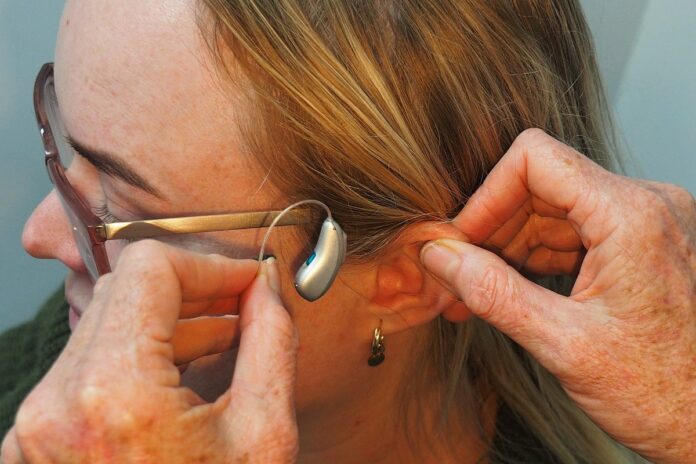The US Federal Communications Commission (FCC) on Thursday adopted new rules that require all mobile phones introduced in the country to offer compatibility with hearing aids and meet volume control benchmarks. The move is aimed at expanding accessibility options for 48 million American consumers impacted by hearing loss, according to the US regulator. The FCC will also enforce universal connectivity with hearing via new Bluetooth requirements and require manufacturers to correctly label devices that are certified as hearing aid compatible.
The new rules announced by the FCC will require “100 percent of all mobile handsets” to be compatible with hearing aids. The agency also mentions a transition period, but does not specify a deadline for smartphone makers to offer support for hearing aids. As of last year, the FCC said that manufacturers had to ensure 85 percent of their models offered support for hearing aids. It’s worth noting that the regulator includes cochlear implants in its definition of hearing aids.
The FCC says it worked with an independent organisation called the Hearing Aid Compatibility (HAC) Task Force that worked with the regulator for years to establish the new requirement that 100 percent of mobile handsets should be compatible with hearing aids. The HAC task force comprised smartphone makers, research institutions, wireless service providers, as well as persons with hearing loss, according to the agency.
Several manufacturers are already complying with the FCC’s rules — all of Apple’s smartphones dating from the iPhone 6 series to the latest iPhone 16 lineup are compatible with hearing aids, as are all of Google’s Pixel smartphones. Samsung says that most of its recent Galaxy S series and Galaxy Z series phones support the use of hearing aids.
The regulator has also revealed that a new Bluetooth coupling requirement will push smartphone makers to ditch proprietary standards and improve connectivity between phones and hearing ads, while expanding access to accessibility features.
Manufacturers will also need to provide detailed information provided about their products, including details such as compatibility with hearing aids, compliance with coupling requirements, and the smartphone’s conversational gain (or how high a customer can increase the volume under the FCC’s standards.
In order to support both customers who do not use hearing aids as well as people using cochlear implants, smartphone makers will also need to make sure that all new handsets launched in the US are compliant with the FCC’s volume control benchmarks for increasing volume without introducing distortion, according to the regulator.


